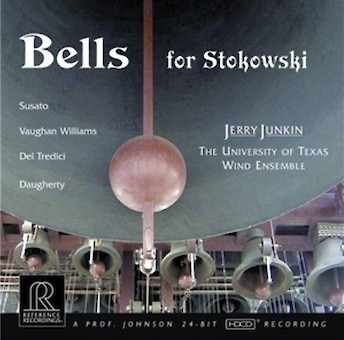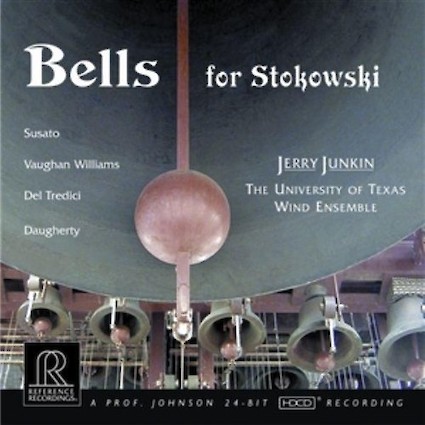In Wartime, my first piece for wind symphony, was begun on November 16, 2002, and completed on March 16 (my birthday), 2003 — as momentous a four- month period in US history as I have experienced. November's dramatic congressional mandate for war had become, by March, the shocking international reality of war. With my TV blaring, I composed throughout this period, feeling both irresistibly drawn to the developing news and more than a little guilty to be unable to turn the tube off. Composing music at such a time may have seemed an irrelevant pursuit, but it nevertheless served to keep me sane, stable and sanguine, despite the world's spiraling maelstrom.
In Wartime is comprised of two connected movements — Hymn and Battlemarch. The first, Hymn, has the character of a chorale prelude, with fragments of Abide With Me embedded beneath a welter of contrasting and contrapuntal musical material. After a climax, the well-known hymn tune is presented in its unadorned form. As the stately phrases progress, all the bustling earlier music gradually returns and is superimposed atop the hymn; the surprising combination — in musicological terms, a quodlibet — suggests not only an expanding musical universe, but also a coalescence of forces in prayer before battle.
Heralded by a long, ominous roll on the snare drum and a steady, measured tread, Battlemarch announces the start of war. In a wave-like series of pulsing four-bar phrases, the musical energy repeatedly pushes forward, then recedes. Like the incoming tide, the waves" encroach inexorably on new harmonic ground; like a gathering storm, the waveforms grow in enormity and frenzy, until their fateful confrontation with Salamati, Shah! (the national song of Persia), laced as well with quotes from the opening of Wagner's Tristan und Isolde. With East battling West in musical terms, this trio section of the march builds to the movement's climax. As the overwhelming wash of sound subsides, the opening march-theme returns, now battle-weary but growing nevertheless to a full-throttled recapitulation and finale — marked, inevitably, by a wail of pain.
In Wartime is dedicated to a comrade in musical arms — my good friend and fellow composer, Stephen Burke.
- David Del Tredici, April 2003
David Del Tredici's In Wartime - his first composition for wind ensemble — comprises two compelling movements inspired, however reluctantly, by current events. As always, Del Tredici's mind races in many directions and achieves vibrant clarity, whether in the optimistic narrative of 'Hymn' or the increasingly dark and frantic activity of 'Battlemarch,' which blends Persian music, Weill-like sinuousness and even has a quote from Tristan und Isolde to drive home the aura of gloom and doom. As performed so urgently by Junkin and his charges, it is an unsettling experience, with a final gesture that leaves no doubt about Del Tredici's position on war.
David Del Tredici wrote In Wartime in the months leading to the invasion of Iraq, completing it in March 2003. In the work's two movements, prayers for the troops in 'Hymn' are followed by the inevitable 'Battlemarch'. Late in II, the confrontation between East and West is represented by a clash between the Persian national anthem and quotes from Wagner. These fertile ideas must have given Tredici plenty of inspiration, and I enjoy the piece...there is no mistaking the "wail of pain" depicted by the startling siren that closes the piece.
Audio (2)
Recordings (2)




Bells For Stokowski
2004, Reference RecordingsWorks
Performers
- University of Texas Wind Ensemble
- Jerry Junkin, Conductor
HDCD